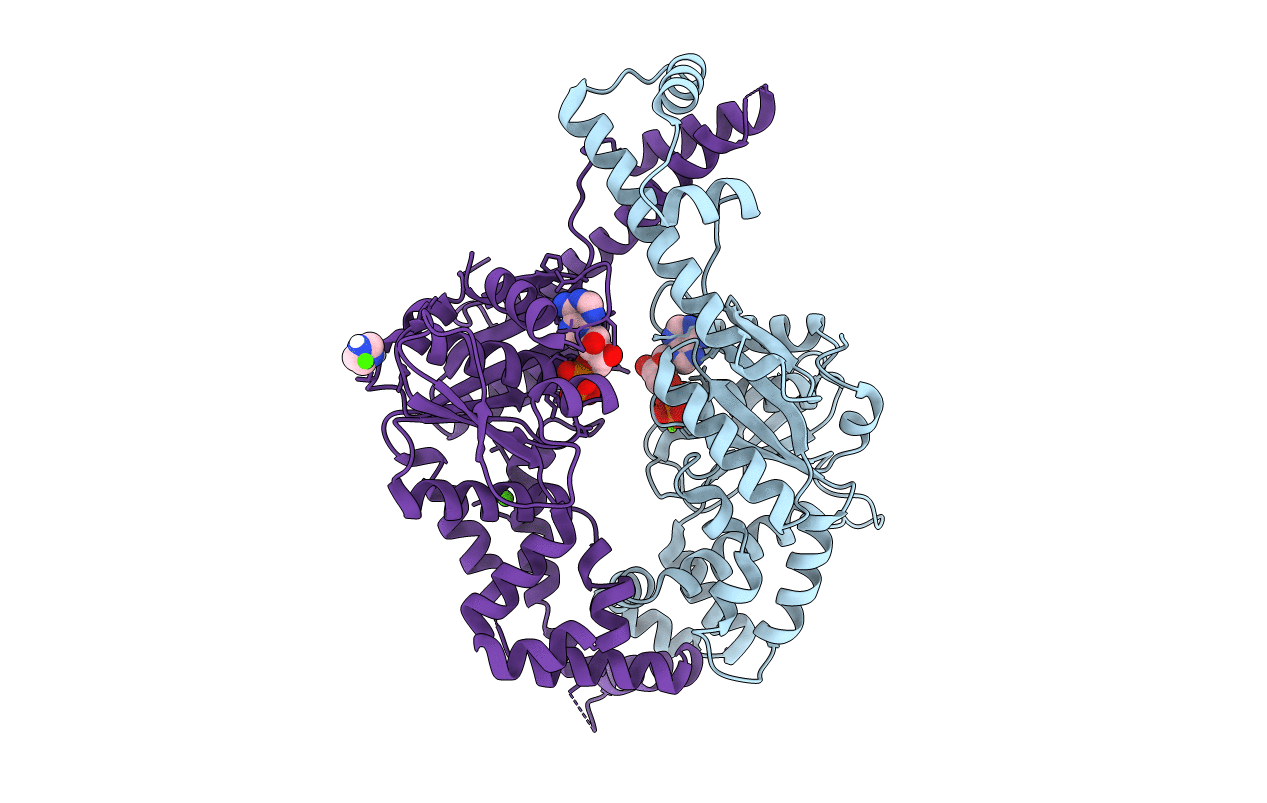
Deposition Date
2017-12-01
Release Date
2019-05-15
Last Version Date
2024-03-13
Entry Detail
PDB ID:
6BS3
Keywords:
Title:
Crystal structure of ADP-bound bacterial Get3-like A and B in Mycobacterium tuberculosis
Biological Source:
Source Organism:
Mycobacterium tuberculosis H37Rv (Taxon ID: 83332)
Host Organism:
Method Details:
Experimental Method:
Resolution:
2.30 Å
R-Value Free:
0.22
R-Value Work:
0.19
R-Value Observed:
0.19
Space Group:
P 32 2 1


